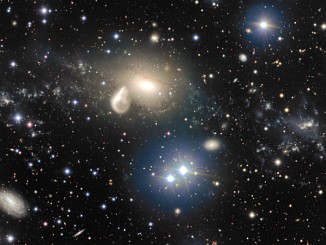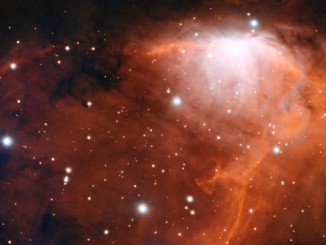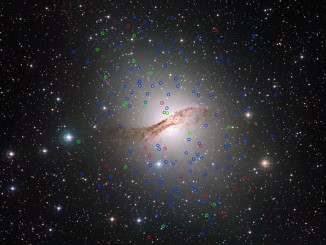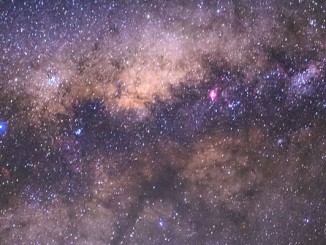
VLT studies mysterious dwarf galaxy born in cosmic collision
The spectacular aftermath of a 360 million year old cosmic collision is revealed in great detail in new images from ESO’s Very Large Telescope. Among the debris is a rare and mysterious young dwarf galaxy. This galaxy is providing astronomers with an excellent opportunity to learn more about similar galaxies that are expected to be common in the early universe, but are normally too faint and distant to be observed by current telescopes.








